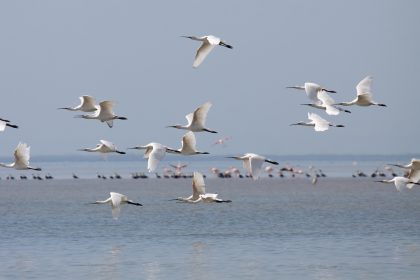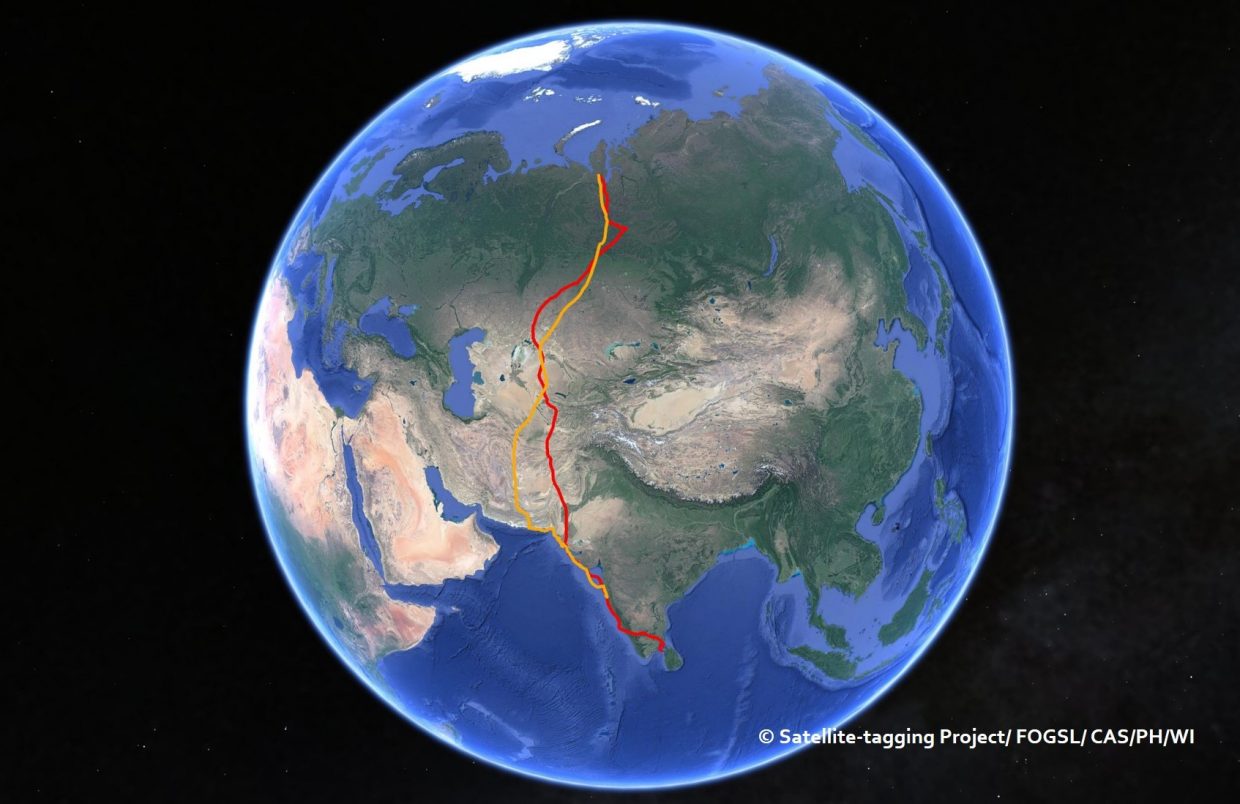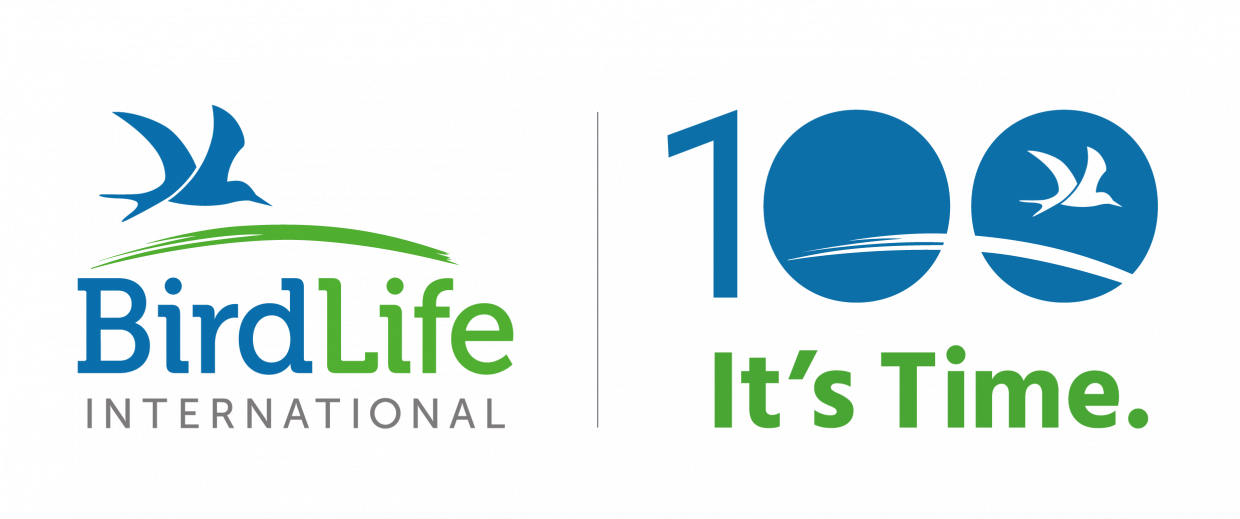Migratory flyways and connectivity
Through their travels, migratory birds link countries and continents. Many populations of migratory birds are in decline and more than 200 species are currently globally threatened. Migratory birds typically encounter a suite of human-related challenges on their annual migrations, which can affect their survival directly (e.g. hunting, collisions with wind turbines and powerlines) or indirectly (e.g. reduced quality or loss of breeding, stopover and non-breeding wintering sites and habitats). Conservation of migratory birds requires a good understanding of their migration ecology and connectivity of sites and habitats, and internationally coordinated action to address key problems throughout their ranges.
Migration is one of the most compelling aspects of the avian world. Twice a year, billions of birds migrate vast distances across the globe. Best studied are birds breeding in arctic and temperate regions that migrate to their non-breeding grounds in temperate and tropical areas. Much less is known about ‘austral migrants’, birds from the southern regions that travel north, and about birds that migrate within the tropics, e.g. intra-African migrants. Although there are notable exceptions, migrations typically follow a north-south axis, with many species travelling along broadly similar, well-established routes known as flyways.

Around one fifth of the world’s 11,000 bird species are migratory. Some species migrate over short distances, while others make return trips of over 10,000 km. The most important threats to migratory birds include expansion and intensification of agriculture, unsustainable hunting and illegal killing, taking and trade, loss and degradation of coastal wetlands, and collision and electrocution with poorly designed and positioned powerlines and windfarms. Climate change already affects vegetation growth and the phenology of plants and insects, most prominently in the breeding habitat of many arctic-breeding species. In addition, climate change is increasingly disrupting the timing of migration, which has evolved to track the shifting abundance of food sources.

Research to understand the movement and linkages of birds between different sites and habitats, often thousands of kilometres apart, is essential to design effective conservation strategies for threatened and declining migratory birds. In many parts of the world, monitoring of bird populations has a long tradition and is valuable for identifying Important Bird and Biodiversity Areas (IBAs), especially for congregations of birds. Resightings and recoveries of ringed or banded birds have revealed much about the locations used by individuals along their flyways, while isotope analysis can identify broad breeding and non-breeding areas. Modern technologies such as satellite tagging and geolocators make it possible to collect information about the complete journeys of migratory birds. The combination of various sources of information, including through citizen science such as eBird, increasingly provide insights into the connectivity between sites and habitats. In the East Atlantic Flyway, a novel approach is being trialled to identify the full network of areas that species like Black-tailed Godwit and Eurasian Curlew use, including during those periods of the year when the birds are dispersed, e.g. shorebird breeding areas in the arctic and temperate European farmland, to help identify areas in need of restoration and additional protection.
The BirdLife Global Flyways Programme unites the work of 119 BirdLife Partners to conserve migratory birds in all major flyways. By sharing values, expertise and practical conservation action, it aims to empower people within and beyond the BirdLife Partnership to influence policy, legislation, attitudes and behaviour, for the long-term benefit of migratory birds and to stop and reverse the decline of biodiversity.
All these topics and more are covered in this month’s seventh centenary collection of BCI papers, made freely available by Cambridge University Press for a limited period to mark the 100th anniversary of BirdLife International. The release of this collection supports the celebration of World Migratory Bird Day on Saturday 8 October 2022. For further ways to celebrate WMBD, see: Take someone under your wing this World Migratory Bird Day – BirdLife International

Barend van Gemerden, Global Flyways Programme Coordinator, BirdLife International







